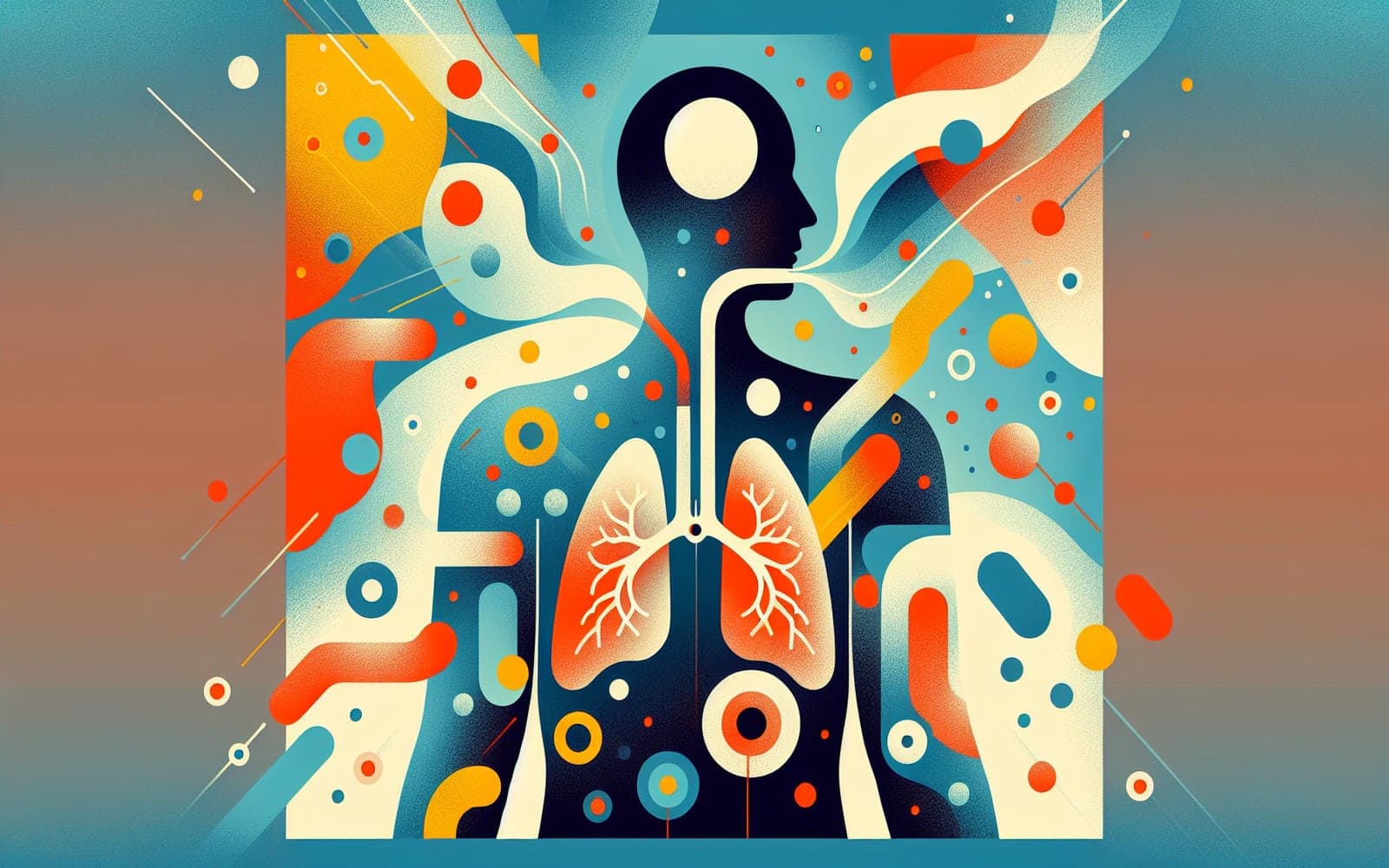What Is Aspiration Pneumonia and Who's at Risk?
Published: Jun 09, 2024
Aspiration pneumonia occurs when food, liquid, or bacteria accidentally enter the lungs, causing inflammation and infection. It's a serious condition that can be life-threatening if not treated promptly.
Contents
Who's Most at Risk?
Several factors increase the risk of aspiration pneumonia. These include conditions that affect swallowing or consciousness, such as stroke, dementia, or sedation from medications. Other risk factors are lying flat while eating, having a feeding tube, or poor dental hygiene. Older adults, especially those in nursing homes, are particularly vulnerable.
What Are the Symptoms?
Symptoms of aspiration pneumonia can vary but often include coughing, fever, shortness of breath, and chest pain. Some people may experience a sudden onset of symptoms, while others develop them more gradually. In severe cases, patients may have difficulty breathing or show signs of confusion.

How Is It Diagnosed?
Doctors typically diagnose aspiration pneumonia based on a patient's symptoms, risk factors, and chest imaging. A chest X-ray or CT scan can show signs of infection in the lungs. In some cases, doctors may take samples of mucus or blood to identify the specific bacteria causing the infection.
What's the Treatment?
Treatment for aspiration pneumonia usually involves antibiotics to fight the infection. Patients may need oxygen therapy or breathing treatments to help them breathe more easily. In severe cases, hospitalization may be necessary. Prevention strategies, such as proper positioning during meals and good oral hygiene, are also important.
Frequently Asked Questions
Yes, through proper positioning, swallowing therapy, and good oral hygiene.
No, it's not spread from person to person.
Recovery time varies, but can take several weeks.
Yes, but it's more common in older adults.
Aspiration pneumonia is caused by inhaling food, liquid, or bacteria into the lungs.
Key Takeaways
Aspiration pneumonia is a serious condition, but understanding the risks and symptoms can help with prevention and early treatment.
References
- Mandell LA, Niederman MS. Aspiration Pneumonia. N Engl J Med 2019; 380:651.
- DiBardino DM, Wunderink RG. Aspiration pneumonia: a review of modern trends. J Crit Care 2015; 30:40.
- Marik PE. Aspiration pneumonitis and aspiration pneumonia. N Engl J Med 2001; 344:665.
This article has been reviewed for accuracy by one of the licensed medical doctors working for Doctronic. Always discuss health information with your healthcare provider.
AI Doctor Visit Required
Appointments available 24/7
15-min consultation. No hidden costs.
AI Doctor Visit Required
For safety reasons we have been forced to end this consultation.
If you believe this is a medical emergency please call 911 or your local emergency services immediately.
If you are experiencing emotional distress, please call the the Suicide & Crisis Lifeline at 988 or your local crisis services immediately.
Contact us
You can also email us at help@doctronic.ai
We aim to reply within 5-7 days
How likely are you to recommend Doctronic to friends or family?


